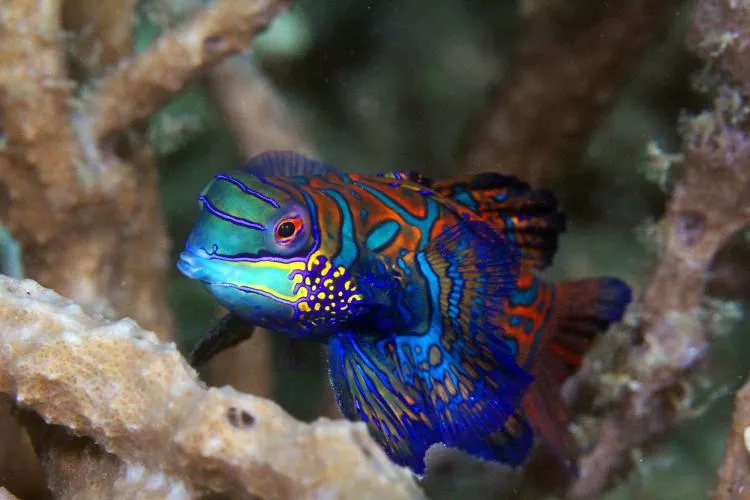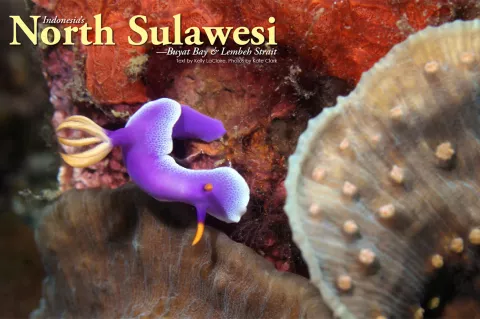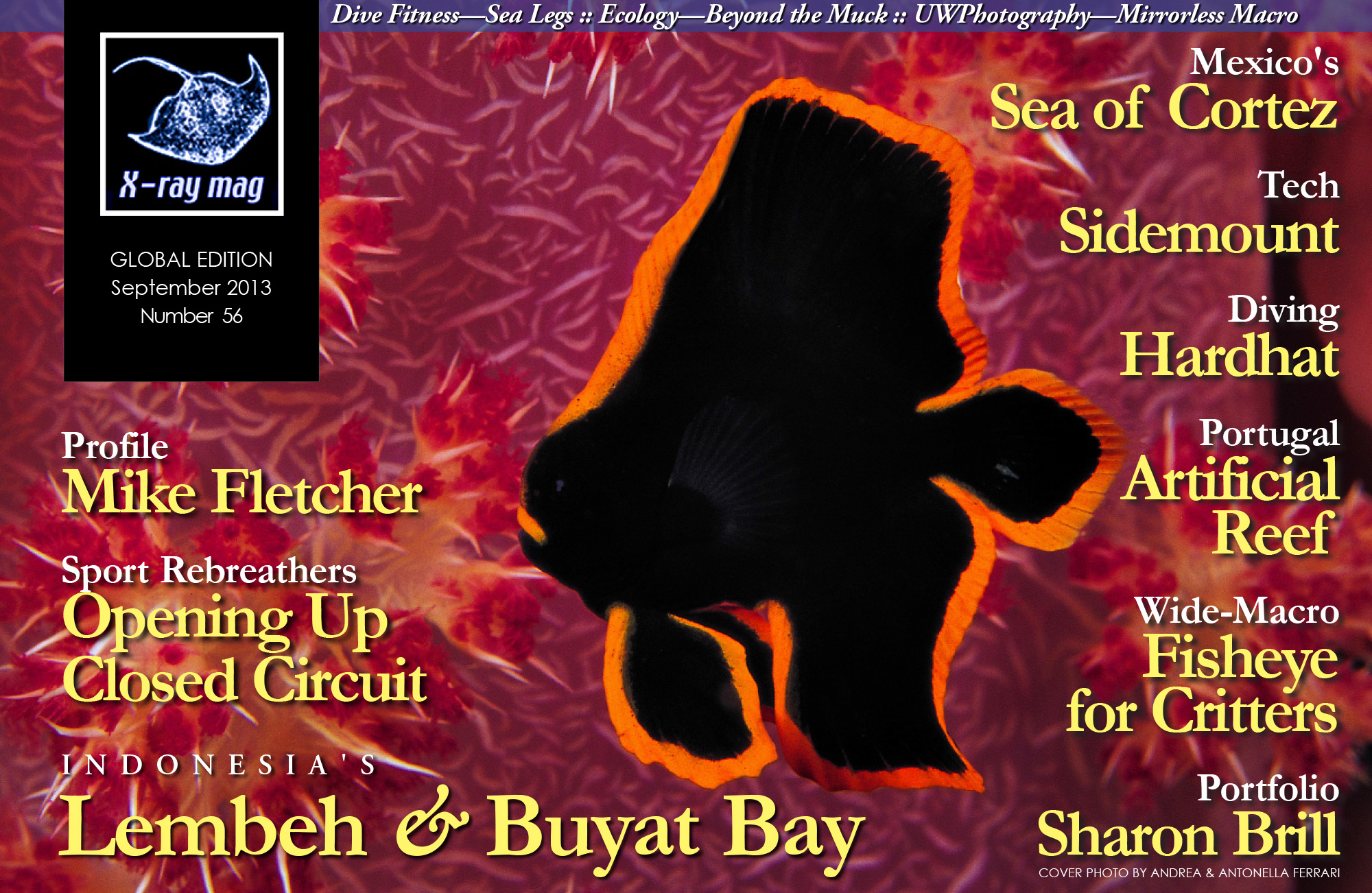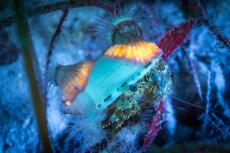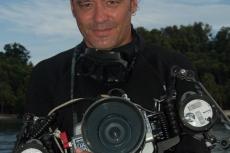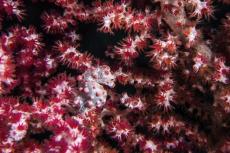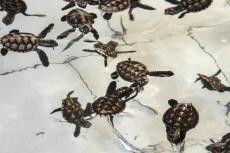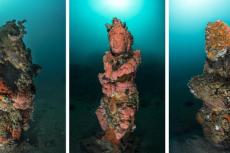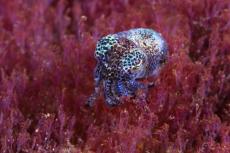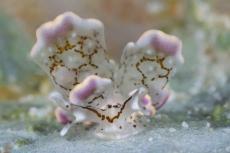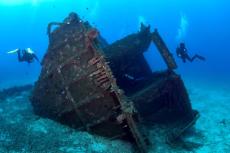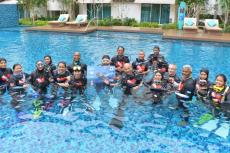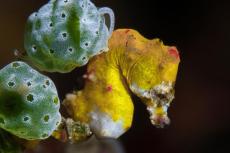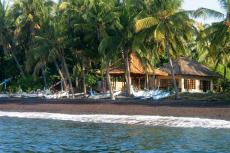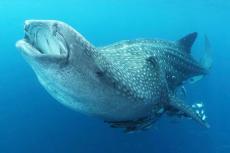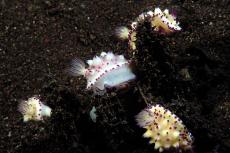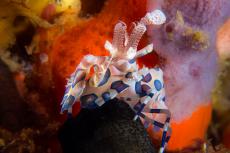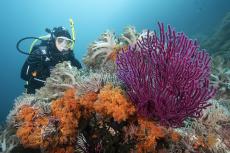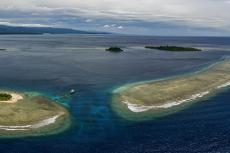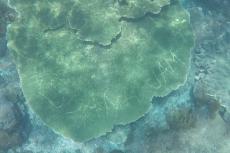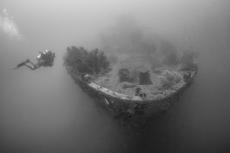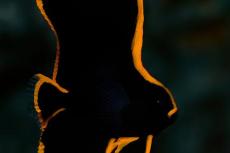There are very few places in the world that remain unknown to the dive community. Let’s face it, scuba enthusiasts are nothing if not resourceful when it comes to finding new and uncharted waters to dive in. But chances are excellent that when you read the title of this article you asked yourself, “Buyat Bay? Where the heck is that?”
Contributed by
That was exactly my reaction when I was first told about this vibrant and breathtaking stretch of sea three hours south of the Lembeh Strait just off the Sulawesi mainland in Indonesia. Of course, like nearly every diver, I had heard of Lembeh and the wondrous creatures that call that famous sliver of water home, but Buyat Bay? Nope. That was a name I was totally unfamiliar with.
So, when X-RAY MAG was invited to dive in this still unspoiled and undiscovered part of the world, well, we jumped at the chance.
Endless coral
Kate, my cousin and photographer on this trip, was the first of our little group to roll off the dive boat, and as she was waiting for me to pass over her camera I saw her take a peak under the surface. “Oh my God!” she laughed, “Wait till you see this!”
The water was so clear in Buyat that it looked almost colorless through our masks, and as we drifted down, endless fields of staghorn coral spread out below us, giving way to thriving meadows of dark green hard corals dotted with pink and yellow anemones.
Colossal sea fans—deep purple and easily three meters across—scattered themselves across the rocky outcrops around the site. I’d never seen coral growth this prevalent or healthy. It was as if some master underwater gardener had sewn the purest and richest seeds in the most fertile seabeds on Earth and said, “Let there be coral!”
We levelled off a meter or two above the seafloor where a family of false clownfish rushed at us, chomping and snapping at our masks, relentlessly defending their territory with heated vigor. Shifting schools of blue and yellow wrasse darted through our bubbles, while groups of triggerfish foraged for food and played tag below us.
Several moray eels were wavering sinuously back and forth in their rocky dens, and a blue-spotted stingray wriggled out of one of the rare sandy spots, giving us a menacing glance before quickly fluttering off. Kate put her first two fingers to her head and pulled an imaginary trigger —“This is blowing my mind!”
Our guide, one of several diving virtuosos from Critters at Lembeh dive center, shook a noise maker and pointed to a small pink mass of coral while flashing the “pygmy seahorse” sign. I got close, strained my eyes and shrugged, unable to see anything. He pulled out a long metal stick and pointed to a formless mass about the size of an apple seed. Still seeing nothing, I gave it up and swam off a bit, giving Kate the chance to capture it with her macro lens.
While she was setting up her shot, I spotted a curious but timid cuttlefish a few meters away, and my body instantly responded with playful butterflies and lively, pulsing heart beats. I’d never seen a cuttlefish in the open ocean, but it had been at the top of my bucket list for quite some time. He seemed to sense my excitement and obligingly began flashing colors like the world’s most enthusiastic quick-change artist.
Kate moved in next to me, and I could hear her giggle behind her regulator. The timid cephalopod, unsure and wary, turned a translucent white and raised two tentacles, but soon realized we were no threat and resumed showing off for the camera after only a few moments.
Kate got a shot she was happy with and flashed me a wide grin I couldn’t help but return. It was obvious we were both falling in love with Buyat.
Newmont Mining Camp
Our hosts, Miguel Ribeiro and Ana Fonseca, transplants from Portugal who manage Lembeh Resort to the north, joined us for our three-day stay at Buyat Bay and gave us a little history of our lodgings, as we headed to shore.
The area was originally an old mining camp for the Newmont Company that shut down operations in 2004. Now the small rustic cabins are used by Critters at Lembeh for short two- and three-day stays for customers who want a break from muck diving and the larger groups that fill the sites in the strait. We were the only boat in the area and the only guests on the trip, so we had the place all to ourselves.
The bungalows were small and aged but serviceable. Each came with a private bathroom and air conditioning but, honestly, this setting is not for everyone, and if a more refined, spacious resort is what you like when vacationing, then Buyat may not be the best choice.
But if you’re willing to rough it a bit—think sparse, summer camp living—then unspoiled water, endlessly rich coral and an open ocean devoid of tourists and other divers awaits you.
We spent the remainder of the evening getting to know the rest of our small group; three friends who belong to a dive club had gathered here to start an Asian diving tour of sorts, and they were just as excited as we were. Kate and I like them immediately, and we swapped cameras, oohing (...)

